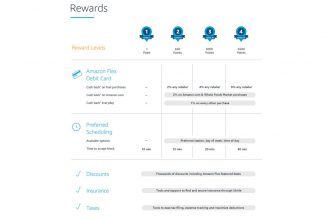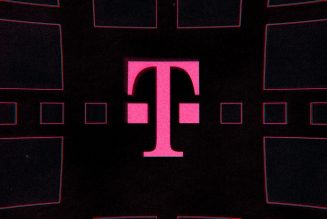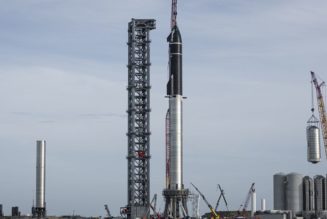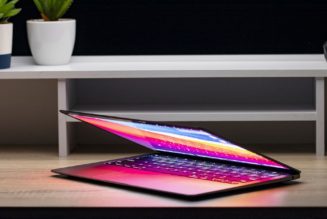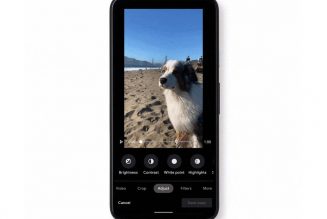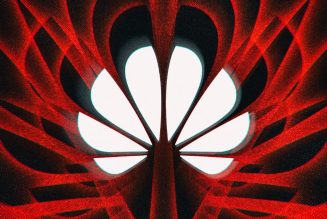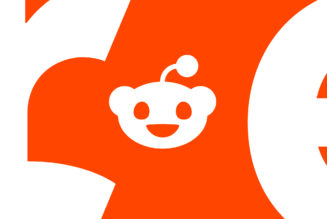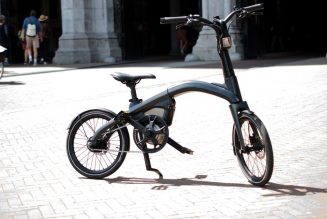Instacart gig workers have a smartphone app with scanning tools at their disposal to fulfill delivery orders — but what if regular shoppers could also use them? The grocery delivery service plans to get regular everyday shoppers into “Connected Stores,” where they’d use a rolling smart cart with built-in support for lists, order deli meats or baked goods, finding items, and self-checkout.
The star of the show is Instacart’s upgraded “Caper Cart,” a smart cart that can detect what items in your list are placed in — based on computer vision and weight — and checks them off in your app. It’s got a big touchscreen that syncs your grocery list from your app and an attached payment terminal so you can self-checkout without waiting to use a terminal. The previous versions are in operation at select Kroger stores, but those were made before Instacart acquired Caper AI a year ago.
%2Fcdn.vox-cdn.com%2Fuploads%2Fchorus_asset%2Ffile%2F24029554%2FCaperCart_3.jpg&w=2400&q=75)
The new cart is slimmer, lighter, and can hold 65 percent more products in them, according to Instacart. The company claims it’s the only smart cart that can recharge its batteries by stacking carts instead of needing to swap out batteries. They also accept over-the-air software updates. But if you can’t get one of these carts, you can also use Scan & Pay in the app to check yourself out.
On the surface, this sort of goes against Instacart’s delivery service goal: to remove the inconvenience of needing to go to the grocery store yourself. But as the pandemic wanes, demand for online delivery services is dropping and hurting the bottom lines of companies like Instacart, Uber, and DoorDash.
Smaller grocers don’t have the resources to match the Amazon and Walmarts of the world
But people like their ability to make lists, go to the store, and have stuff ready and waiting for them while also having the flexibility to call an audible and grab a few extra, unplanned items. Large grocery store chains are spending the money needed to add connected shopping and self-checkout via app, while Amazon’s cashier-less tech is becoming more available — all of which is something smaller grocers don’t have the resources to match.
That’s what Instacart has been working on: building a white label smart shopping ecosystem that it claims can give any store a digital storefront or affix an existing one to work with the Instacart app. “Today, they have traditional curbside and same-day delivery services,” e-commerce expert Kassi Socha begins to tell us what’s motivating Instacart. “When I’m at the grocery store, and I see the Instacart logo that helps me do a seamless checkout, similar to the Amazon Go experience, I might try it and adopt that new behavior because I know in some way, shape, or form Instacart is gonna save me time.”
It’s a sentiment that falls in line with US consumer shopping plans for this holiday: 38 percent of them plan to use a combination of online orders for in-store pickup, use mobile payments, use online lists, and do curbside pickup, all alongside a lighter but strong demand for same-day deliveries, according to Gartner Consumer Insights.
Socha tells The Verge that retailers big and small are looking for a ready-to-go suite of software that Instacart has to get their services up and running quickly to “compete with Amazon and Walmarts of the world at the same speed.” Instacart is currently working with over 900 retailers across 75,000 stores in North America, according to Socha.
%2Fcdn.vox-cdn.com%2Fuploads%2Fchorus_asset%2Ffile%2F24029537%2FLists_on_Caper_Cart.jpg&w=2400&q=75)
Instacart’s software suite is the core component of its Connected Stores, taking what it has learned from partnering with grocery stores like Publix and Wegmans and expanding it to smartify any grocery store. It takes all the company’s fulfillment, insights, and even advertising tools to create a vertical solution that integrates stores’ digital storefront with Instacart — something it claims will save the store money compared to a complete overhaul. Store operations will also get better stock insights and save time by ordering things that are projected to go out of stock.
For shoppers, the system isn’t quite as fast as just picking something up and walking out like the systems operating at certain Whole Foods and Amazon Go stores. You will, however, be able to do things like order deli meat, baked goods, and fresh food within the same interface. And on the grocery store’s end, an updated Instacart FoodStorm ordering system combines kiosk / ticket orders and online ones in the same place.
%3Ano_upscale()%2Fcdn.vox-cdn.com%2Fuploads%2Fchorus_asset%2Ffile%2F24029176%2FCarrot_Tags___Lists.gif&w=2400&q=75)
And if you’re having trouble finding something, the company has special e-ink price tags that can flash a light, drawing your eye to the correct spot in an aisle. They’re called Carrot Tags, and often they’ll display a QR code, so you can scan it and see even more info on the product. The tag can also display other useful info on the fly, like if the product is gluten-free, kosher, organic, etc. It can even tell you if an item is EBT or SNAP eligible.
Bristol Farms in Irvine, California, will be the first of the “Connected Stores” to be fully outfitted with all of Instacart’s new technology. You will also be able to go to a Wakefern Food Corp. store to try out the Caper Carts as well. It’ll all go live “in the coming months.” Instacart’s partnership with Walmart for same-day grocery delivery was one attempt at challenging Amazon, and this comes at the e-commerce / retail giant from another angle. But Amazon may fight back as it builds tools like palm-reading biometric payment systems that’ll be available to non-Amazon companies.
Correction Monday September 19th, 2022 10:27AM ET: A previous version of the story said a partnership between Walmart and Instacart has ended. In fact, the partnership is still active. We regret the error.

